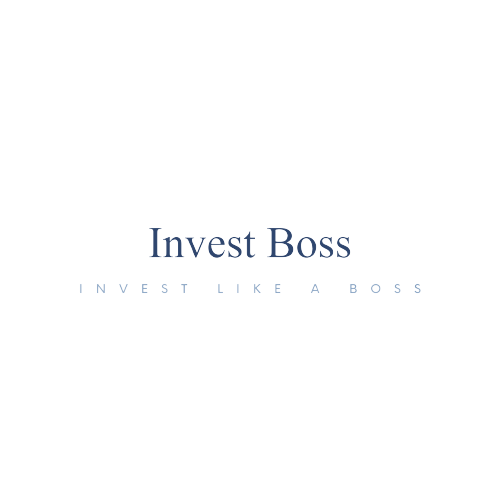The Looming Shadow: Navigating the Longest Bear Market in History
The year 2022 was a challenging one for investors, with the Dow Jones Industrial Average, S&P 500, and Nasdaq Composite falling by 9%, 19%, and 33% respectively. All three indexes spent some time in a bear market, marking a tumultuous period in the financial world. As we step into 2023, the bear market has already lasted for 282 calendar days, and it doesn't seem to be near its bottom. This could potentially become the longest bear market in history.
Understanding Market Corrections
Market corrections, defined as declines of at least 10% from a recent high, are fairly common. Since 1950, the S&P 500 has undergone 39 separate corrections. Most of these declines don't take long to find their respective bottoms. However, the current bear market is entering rare territory in terms of its length.
Despite this, it's important to note that the length of a market correction doesn't correlate with the magnitude of the decline. Four of the 10 longest corrections in the S&P 500 since 1950 resulted in peak declines ranging from just 14% to 19%.
The Role of the Federal Reserve
The Federal Reserve plays a significant role in navigating these financial waters. With the U.S. inflation rate spiking to a four-decade high of 9.1% in June, the Fed had to aggressively raise interest rates, even as the stock market plunged.
The Fed's monetary policy can be useful in deciphering when the stock market will find a bottom and reverse course. However, according to the Fed's "Summary of Economic Projections" in December 2022, interest rate easing isn't expected until sometime in 2024. If the S&P 500 adheres to this century's average timeline to find a bottom, we could be looking at a bear market that lasts more than 1,000 calendar days, making it the longest on record.
Investing During a Bear Market
While this projection might seem daunting, it doesn't have to be bad news for investors. Historically, bear markets have been excellent opportunities to put money to work and buy into time-tested businesses at significant discounts.
One smart move investors can make during a lengthy bear market is to buy dividend stocks. Companies that pay dividends are usually profitable on a recurring basis and have successfully navigated their way through previous economic downturns. Moreover, dividend stocks have outperformed non-dividend-paying stocks by a significant amount over long periods.
Investing in defensive sectors and industries can also be a wise move. For instance, electric utilities are a solid bet to outperform during a bear market due to their highly predictable cash flow. Most electric utilities operate as monopolies or duopolies, which leaves little choice for consumers.
Lastly, buying exchange-traded funds (ETFs) is a smart move during lengthy bear markets. ETFs allow investors to instantly diversify or concentrate their investments at the click of a button. With an ETF for almost every sector, industry, trend, region,
and market cap, investors have an abundance of ways to put their money to work over the long run without necessarily having to worry about single stock risk.
Conclusion
While the prospect of the longest bear market in history might seem daunting, it's important to remember that it also presents unique investment opportunities. By focusing on dividend stocks, defensive sectors, and ETFs, investors can navigate these challenging times and potentially come out stronger on the other side.
Remember, the length of a market correction doesn't necessarily correlate with the magnitude of the decline. So, while we may be in for a long ride, it doesn't necessarily mean we're in for a deep one.
Investing during a bear market requires patience, resilience, and a long-term perspective. It's not about timing the market; it's about time in the market. So, keep calm, carry on, and remember that every bear market in history has eventually given way to a bull market.
In the end, the key to successful investing isn't predicting the market's direction; it's about making informed decisions based on sound financial principles and sticking to your plan, even when the market gets tough.
Stay patient, stay invested, and remember: this too shall pass. The key takeaway is that even in the longest bear market, there are opportunities for savvy investors to make smart moves and come out ahead.

